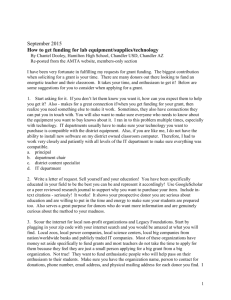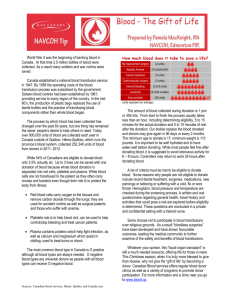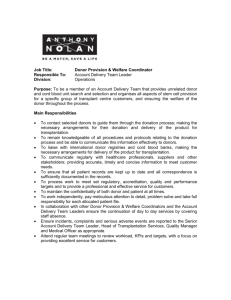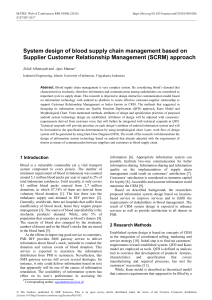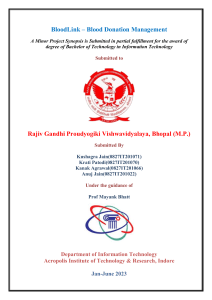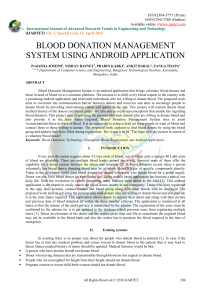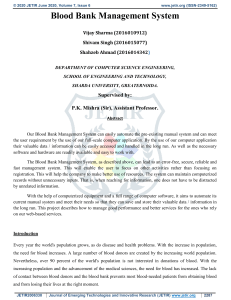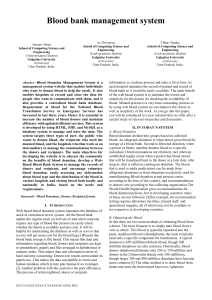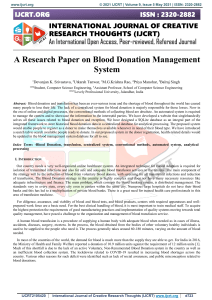The Safety of the Blood Supply The blood supply is safer
advertisement
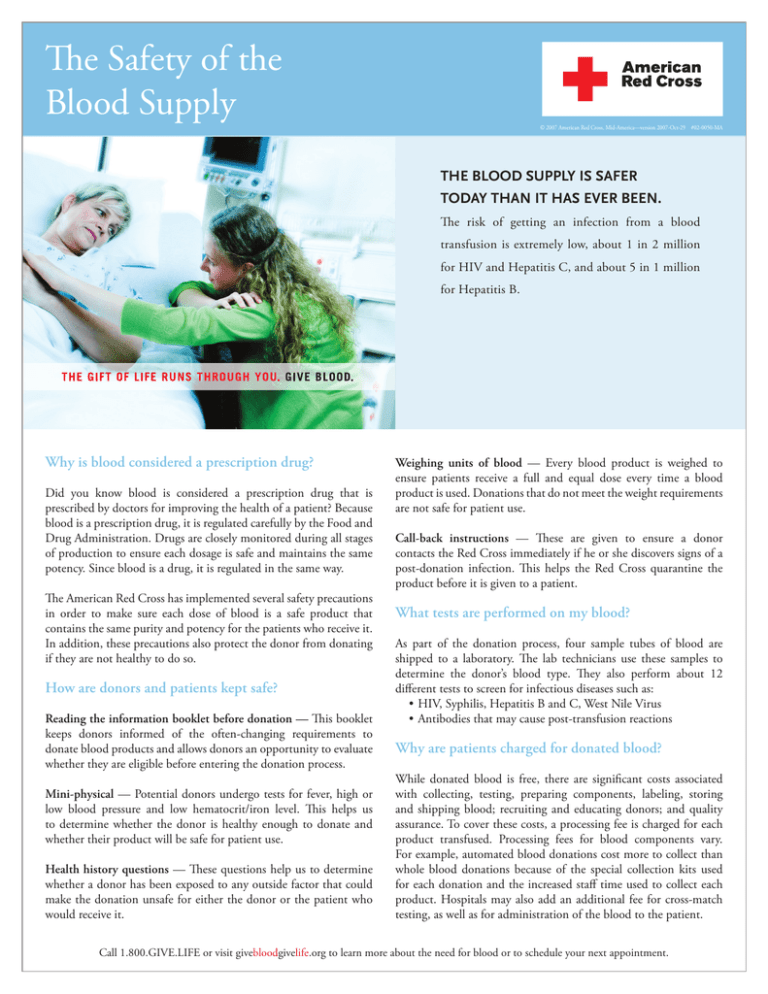
The Safety of the Blood Supply © 2007 American Red Cross, Mid-America—version 2007-Oct-29 #02-0050-MA The blood supply is safer today than it has ever been. The risk of getting an infection from a blood transfusion is extremely low, about 1 in 2 million for HIV and Hepatitis C, and about 5 in 1 million for Hepatitis B. Why is blood considered a prescription drug? Did you know blood is considered a prescription drug that is prescribed by doctors for improving the health of a patient? Because blood is a prescription drug, it is regulated carefully by the Food and Drug Administration. Drugs are closely monitored during all stages of production to ensure each dosage is safe and maintains the same potency. Since blood is a drug, it is regulated in the same way. The American Red Cross has implemented several safety precautions in order to make sure each dose of blood is a safe product that contains the same purity and potency for the patients who receive it. In addition, these precautions also protect the donor from donating if they are not healthy to do so. How are donors and patients kept safe? Reading the information booklet before donation — This booklet keeps donors informed of the often-changing requirements to donate blood products and allows donors an opportunity to evaluate whether they are eligible before entering the donation process. Mini-physical — Potential donors undergo tests for fever, high or low blood pressure and low hematocrit/iron level. This helps us to determine whether the donor is healthy enough to donate and whether their product will be safe for patient use. Health history questions — These questions help us to determine whether a donor has been exposed to any outside factor that could make the donation unsafe for either the donor or the patient who would receive it. Weighing units of blood — Every blood product is weighed to ensure patients receive a full and equal dose every time a blood product is used. Donations that do not meet the weight requirements are not safe for patient use. Call-back instructions — These are given to ensure a donor contacts the Red Cross immediately if he or she discovers signs of a post-donation infection. This helps the Red Cross quarantine the product before it is given to a patient. What tests are performed on my blood? As part of the donation process, four sample tubes of blood are shipped to a laboratory. The lab technicians use these samples to determine the donor’s blood type. They also perform about 12 different tests to screen for infectious diseases such as: •HIV, Syphilis, Hepatitis B and C, West Nile Virus •Antibodies that may cause post-transfusion reactions Why are patients charged for donated blood? While donated blood is free, there are significant costs associated with collecting, testing, preparing components, labeling, storing and shipping blood; recruiting and educating donors; and quality assurance. To cover these costs, a processing fee is charged for each product transfused. Processing fees for blood components vary. For example, automated blood donations cost more to collect than whole blood donations because of the special collection kits used for each donation and the increased staff time used to collect each product. Hospitals may also add an additional fee for cross-match testing, as well as for administration of the blood to the patient. Call 1.800.GIVE.LIFE or visit givebloodgivelife.org to learn more about the need for blood or to schedule your next appointment.


